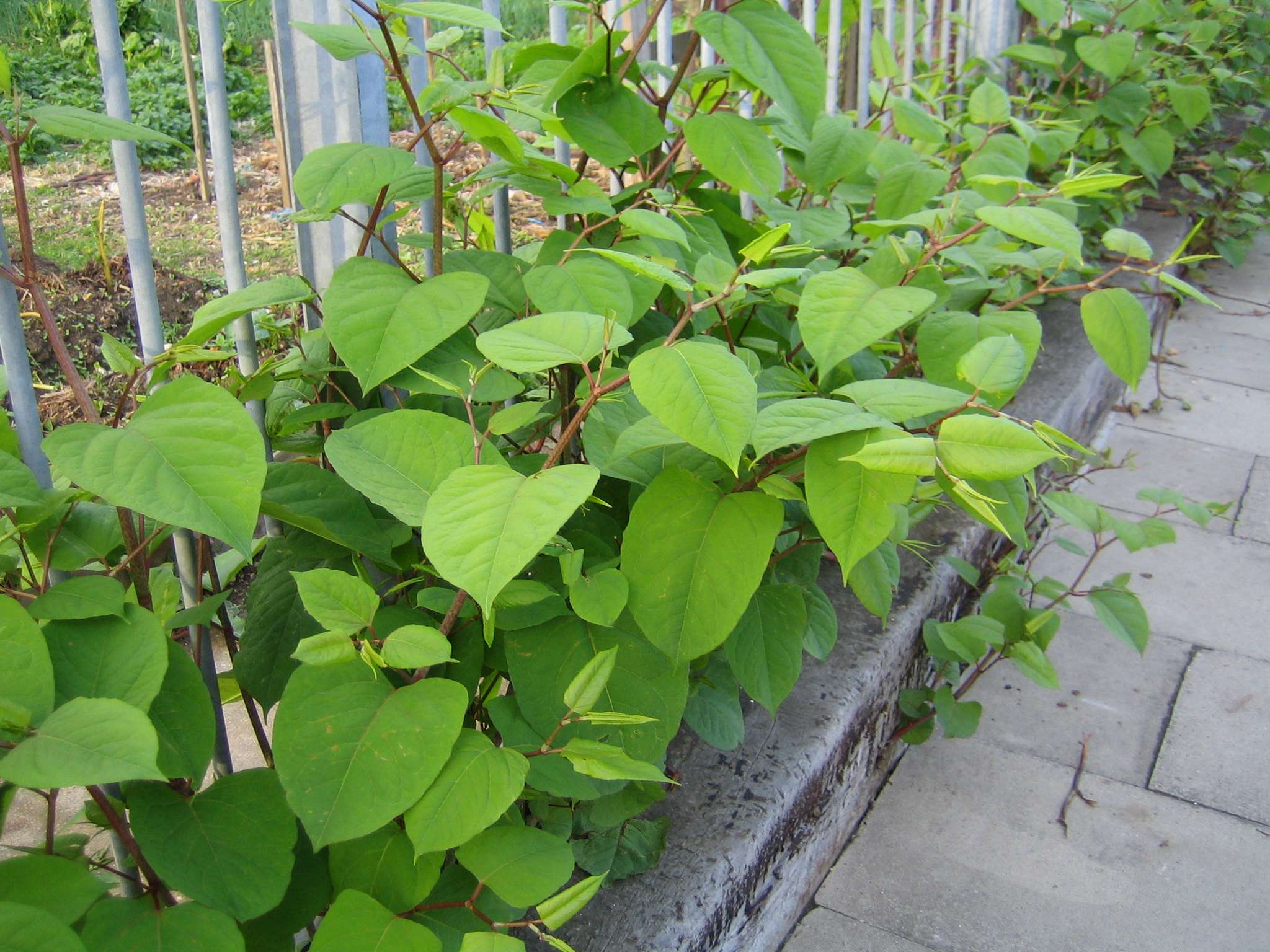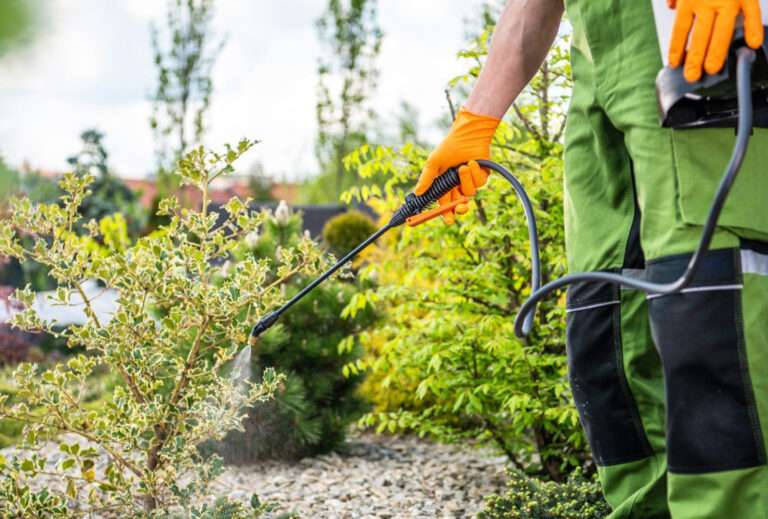How to Manage Invasive Species on Business Grounds: A Practical Guide
Invasive species are more than just an eyesore—they’re a serious threat to biodiversity, infrastructure, and legal compliance. For businesses across the UK, the spread of non-native plants and weeds such as Japanese Knotweed, Himalayan Balsam, and Giant Hogweed can lead to expensive remediation costs, legal penalties, and reputational damage.
Whether you manage a retail park, office campus, school, or industrial estate, understanding how to deal with invasive plants is critical. In this blog, we’ll outline how to identify, manage, and prevent the spread of invasive species on business grounds, and why a professional, proactive approach is always the smartest choice.
Why Businesses Need to Act on Invasive Species
Invasive species are defined as non-native organisms that spread rapidly and cause harm to the environment, human health, or the economy. They outcompete native species, damage hard landscaping, and can even interfere with structural foundations.
In the UK, businesses are legally responsible for preventing invasive plants from spreading beyond their property boundaries. This includes ensuring that these species are not allowed to invade neighbouring land or enter watercourses — both of which can result in prosecution under the Wildlife and Countryside Act 1981.
Failing to act promptly can also harm your reputation, particularly for publicly visible spaces or facilities that need to meet sustainability and biodiversity standards.
Common Invasive Species in Commercial Landscapes
Understanding what you’re dealing with is the first step. These are some of the most common culprits:
Japanese Knotweed
Notorious for its rapid underground spread and damage to concrete, tarmac, and drainage systems. It’s incredibly difficult to remove without specialist help.
Himalayan Balsam
A fast-spreading plant that dominates riverbanks and damp ground, suppressing native plants and increasing the risk of erosion.
Giant Hogweed
While impressive in appearance, this plant poses a health risk—its sap causes severe skin burns when exposed to sunlight.
Rhododendron Ponticum
An ornamental plant gone rogue, this invades woodland and acidic soils, reducing biodiversity and spreading fungal pathogens.
New Zealand Pygmyweed
Typically found near water features or ponds, it forms dense mats that suffocate native aquatic life.
Each of these species presents unique challenges—and attempting removal without the right techniques or permits can make matters worse.
5 Steps to Managing Invasive Species on Business Sites
To ensure your site remains safe, compliant, and presentable, here’s a proven approach:
1. Survey and Identify
Engage a qualified professional to conduct a full vegetation survey. Mapping invasive species allows for accurate treatment planning and legal documentation.
2. Create a Management Plan
Based on the findings, a tailored strategy is drawn up. This may include phased herbicide applications, physical removal, or habitat modification.
3. Implement Control Measures
Timing is crucial. Many species are best treated at specific times of year. Killingley’s operatives are trained in PA1/PA6 herbicide use, ensuring safe, effective applications even in sensitive areas.
4. Monitor and Re-treat
Invasive species rarely disappear after a single treatment. Ongoing monitoring ensures regrowth is caught early, minimising cost and disruption.
5. Dispose Responsibly
Disposal must follow strict Environment Agency guidelines. Many invasive species are classified as controlled waste and require specialist removal or on-site burial.
FAQs: What Businesses Want to Know
Is my business legally responsible for invasive plants on our land?
Yes. Under UK law, you must prevent invasive species from spreading to neighbouring land or waterways. Failure to do so can result in prosecution and civil claims.
Can herbicide treatments be carried out while the site is operational?
Absolutely. Most treatments can be performed during quiet hours or using low-visibility methods. Professional teams ensure minimal disruption to your daily operations.
What are the risks of doing nothing?
Besides legal action, inaction leads to further spread, higher treatment costs, damage to buildings or services, and a tarnished reputation for environmental neglect.
Benefits of Professional Invasive Species Management
Attempting DIY removal of invasive species is rarely successful and often illegal without proper training and licenses. By contrast, partnering with a qualified contractor ensures:
- Accurate species identification
- Safe and compliant herbicide use
- Fully documented treatment records
- Legal protection and regulatory compliance
- Long-term cost savings through early intervention
Whether your goal is to maintain a welcoming landscape for clients and staff, meet environmental planning conditions, or support biodiversity, professional vegetation control is essential.
Killingley’s Approach to Invasive Species Control
At Killingley, we integrate invasive species management into our broader soft landscaping and environmental enhancement services. Our approach is built on precision, compliance, and sustainability.
- Qualified Operators: All operatives are certified in herbicide application and trained in safe working practices around sensitive areas.
- Integrated Services: Weed control is aligned with broader grounds maintenance, soil improvement, and habitat protection strategies.
- Customised Plans: No two sites are the same. We develop bespoke solutions to address site-specific challenges and long-term landscape goals.
- Eco-Conscious Methods: We minimise chemical use and consider alternative methods where appropriate, including manual removal and planting native ground covers to outcompete invaders.
From industrial estates to urban green spaces, our team delivers results that restore, protect, and future-proof your landscape.
Conclusion: Take Control Before It Takes Over
Invasive species can spread faster than you think — and the longer they’re ignored, the harder and more expensive they are to manage. For businesses, the risks are real: from reputational damage to structural repairs, legal liability to habitat loss.
By investing in professional, proactive management, you’re not only protecting your property — you’re contributing to a healthier environment for your community and future developments.
Need expert support? Contact Killingley today to schedule a survey and explore how we can help you regain control of your grounds, safely and sustainably.






